In Photos: The Birthplace of Jesus
The Birthplace of Jesus
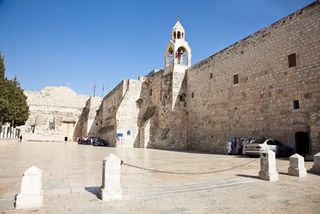
The Church of the Nativity, venerated by Christians as the birthplace of Jesus, may become a World Heritage Site, if the committee deems it holds "outstanding universal value" as part of the world's natural and cultural heritage. It would be the first such site in the Palestinian Territories.
To Commemorate Jesus' Birth
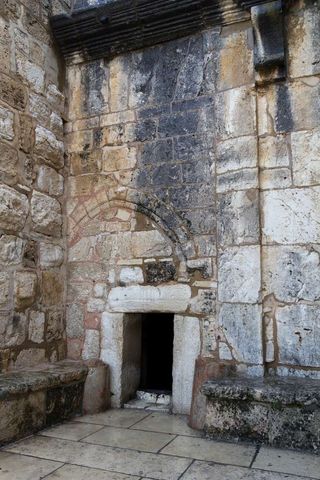
Located in the holy city of Bethlehem, the Church of the Nativity, a Byzantine basilica, was built on top of the cave where, according to a tradition first documented in the second century, Jesus was born. Helena, mother of Christian Emperor Constantine, is said to have intended the basilica to commemorate Jesus' birth. Shown here, the entrance to the Church.
Nativity Church
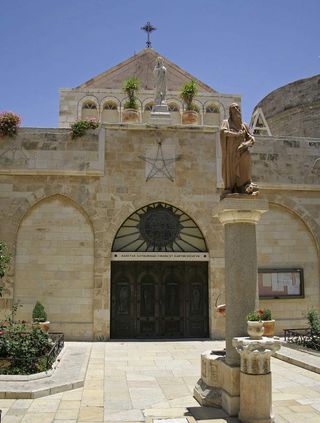
The entrance to the Church of the Nativity in Bethlehem.
Church Patio
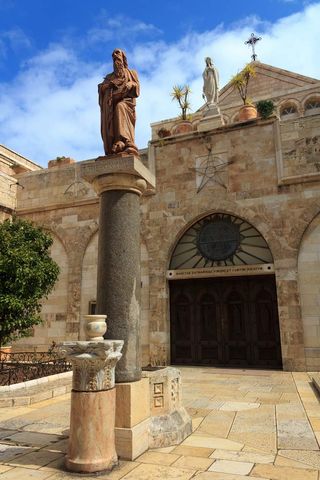
Here, a patio in the Church of the Nativity. The statue commemorates Hieronymus, who translated the bible into Latin.
Emperor Constantine
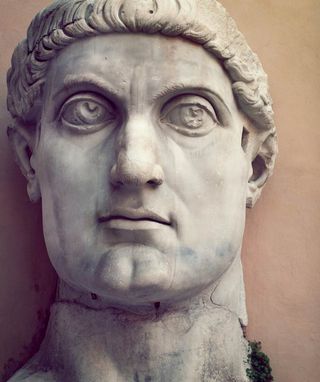
The Church was one of three imperial churches built in Palestine under the Christian emperor Constantine (a statue of his face shown here). In A.D. 529 the Church was destroyed and built on a much bigger scale, essentially the church that stands today.
Star Marks the Spot
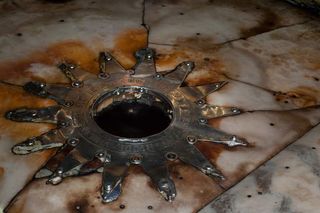
A silver 14-pointed star, embedded into the marble floor, marks the traditional site of the birth of Jesus in a grotto underneath Bethlehem's Church of the Nativity.
Grotto Entrance
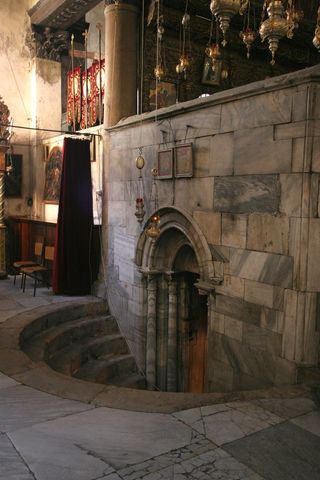
Two entrances (one shown here) now lead to the Grotto of the Nativity. Originally, in the fourth century, there was only one entrance to the grotto from the main body of the church.
Sign up for the Live Science daily newsletter now
Get the world’s most fascinating discoveries delivered straight to your inbox.
Milk Grotto
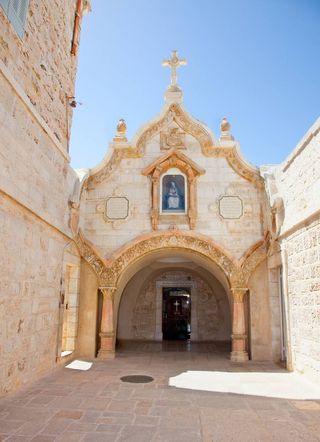
The Church forms the central feature of the town and is surrounded by other important sites related to the Nativity. Among these is the Milk Grotto, an irregular cave hewn in the soft limestone, located southeast of the Basilica, where according to Christian traditions, Mother Mary nursed baby Jesus while hiding there from Herod’s soldiers before going to Egypt.
Jeanna Bryner is managing editor of Scientific American. Previously she was editor in chief of Live Science and, prior to that, an editor at Scholastic's Science World magazine. Bryner has an English degree from Salisbury University, a master's degree in biogeochemistry and environmental sciences from the University of Maryland and a graduate science journalism degree from New York University. She has worked as a biologist in Florida, where she monitored wetlands and did field surveys for endangered species, including the gorgeous Florida Scrub Jay. She also received an ocean sciences journalism fellowship from the Woods Hole Oceanographic Institution. She is a firm believer that science is for everyone and that just about everything can be viewed through the lens of science.
Most Popular

